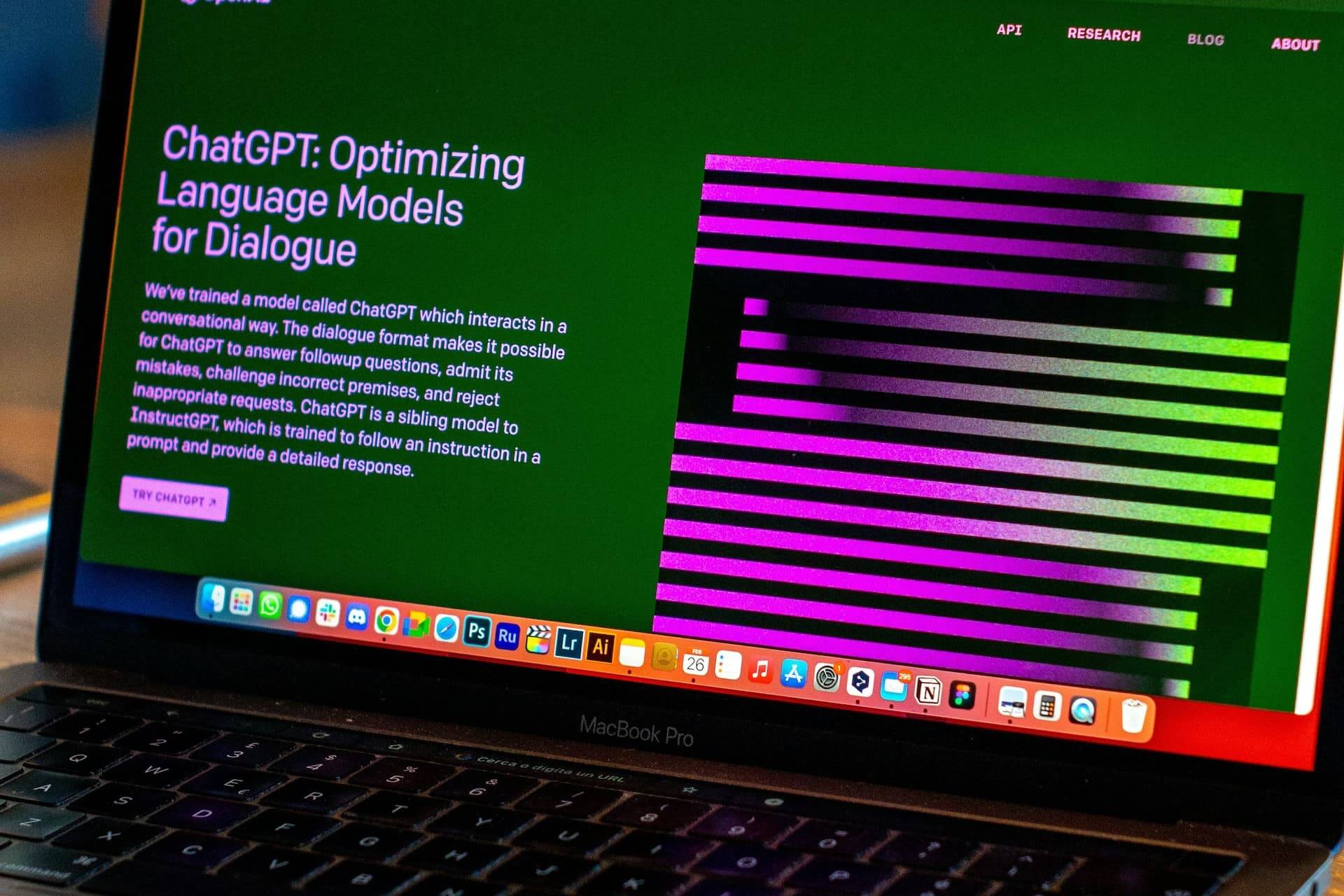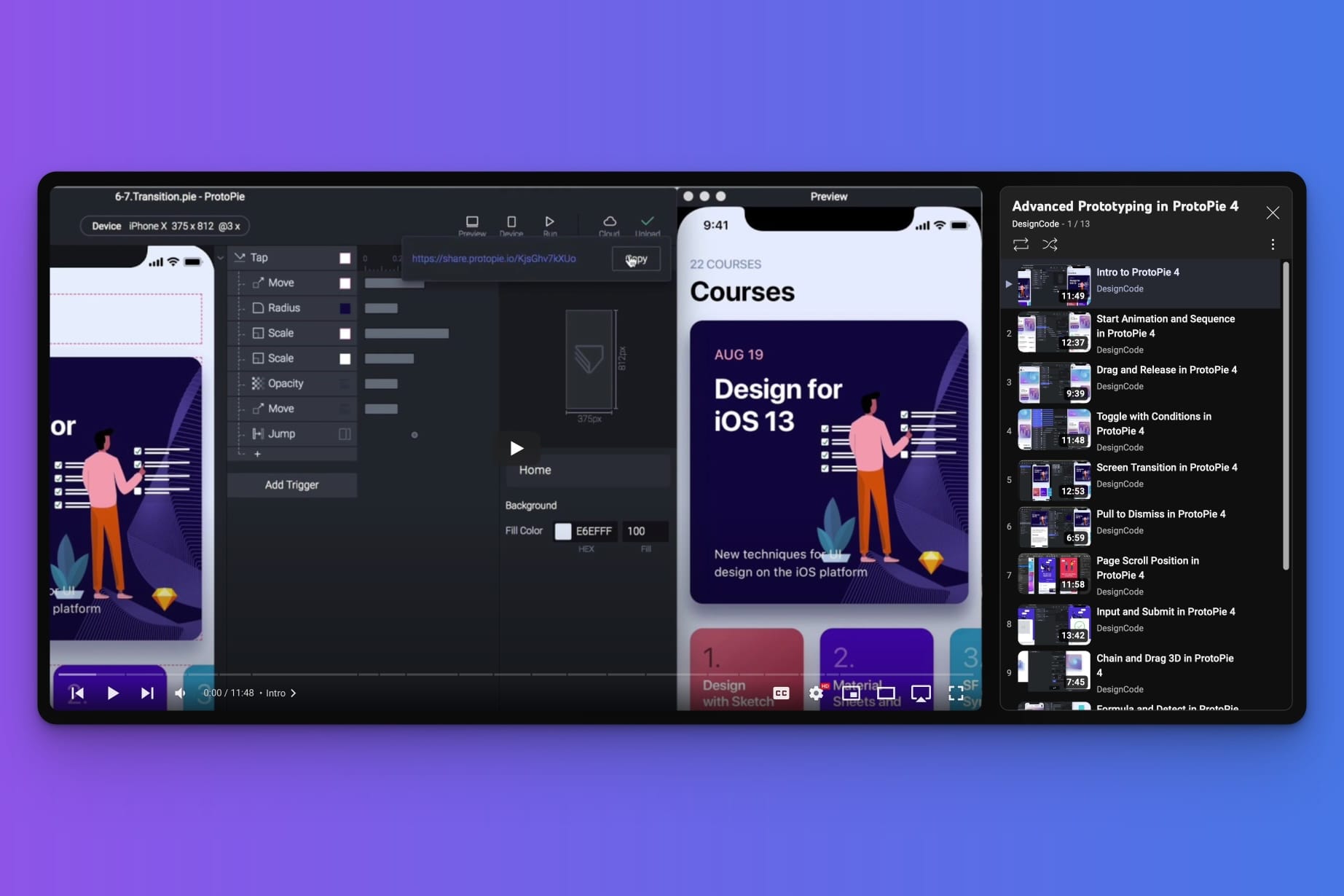In the bustling world of freelance and product design, where every detail and every project counts, it’s easy to get swept away in the day-to-day demands of client work.
As a seasoned freelance designer with years of experience under my belt, I’ve navigated the complexities of maintaining a compelling portfolio across platforms like Behance and Dribbble.
Through trial, error, and a lot of learning, I’ve discovered the value of these platforms and the importance of keeping an up-to-date portfolio, even when the whirlwind of daily tasks makes it seem like a Herculean effort.
Why Every Freelance Designer Needs a Stellar Portfolio
First off, let’s talk about why your portfolio is your freelance career’s lifeblood.
Whether you’re a product designer, web designer, or graphic design maestro, your portfolio is more than just a collection of your work; it’s your professional narrative.
It showcases not only your skill and creativity but also your journey, your problem-solving capabilities, and your ability to meet and exceed client expectations as well as how far you’ve come in your career so far.
But here’s the catch: maintaining an impactful portfolio requires dedication and strategy.
If you’re like me, you might have found yourself updating your Behance or Dribbble profile sporadically, usually driven by the desire to land new freelance gigs or to make a leap to a new company. This approach, while common, misses out on the full potential of these platforms.
Behance vs. Dribbble: Finding What Works for You
In my journey, I’ve leaned heavily on both Behance and Dribbble, each serving distinct purposes.
Dribbble has become my go-to for its simplicity and focus on visual snippets of projects. It’s ideal for freelancers who want to quickly showcase their latest work without getting bogged down in details.
On the other hand, Behance allows for more in-depth case studies, offering a space to narrate the story behind each project, from inception to completion. Although creating cases on Behance can feel lengthy, the depth and detail it allows you to provide can be invaluable in attracting clients who are looking for thoroughness and a clear understanding of your design process.
The Untold Value of Preparation and Documentation
One lesson I’ve learned the hard way is the importance of documentation throughout the design process.
As a busy designer, it’s tempting to push aside the collection of sketches, client briefs, and project iterations for later. However, taking the time to document these elements as you go can significantly ease the process of updating your portfolio later. Not only does it save time in the long run, but it also ensures you don’t miss out on showcasing the breadth and depth of your capabilities.
Optimizing Your Portfolio for Success
So, how can you ensure your portfolio stands out? Here are a few tips:
- Be Selective: Only showcase work that you’re truly proud of and that represents your range as a designer.
- Tell a Story: Use your portfolio to narrate the journey of each project, highlighting your problem-solving skills and the impact of your work.
- Stay Updated: Make it a habit to update your portfolio regularly, not just when you’re seeking new opportunities.
- Optimize for Visibility: Use keywords such as “freelance designer,” “product designer,” “web designer,” and “graphic design” to improve your portfolio’s search engine visibility.
In conclusion, your portfolio is more than just a collection of your past work; it’s a testament to your journey, skills, and the value you bring to the table as a freelance designer. By choosing the right platform, committing to regular updates, and strategically showcasing your work, you can create a portfolio that not only captivates but also opens doors to new opportunities.
One final note. Only put work in your portfolio that you actually like working on, because clients will only hire you for work they know you can do and not for the work you want to do.
If you can’t find the type of work you like to do, make a fake project and put that in your portfolio.
Frederik Roessell
Creative designer with 20 years of design experience working in startups and agencies in Copenhagen. Currently pushing pixels as a Senior Product Designer at a large ecommerce brand.



